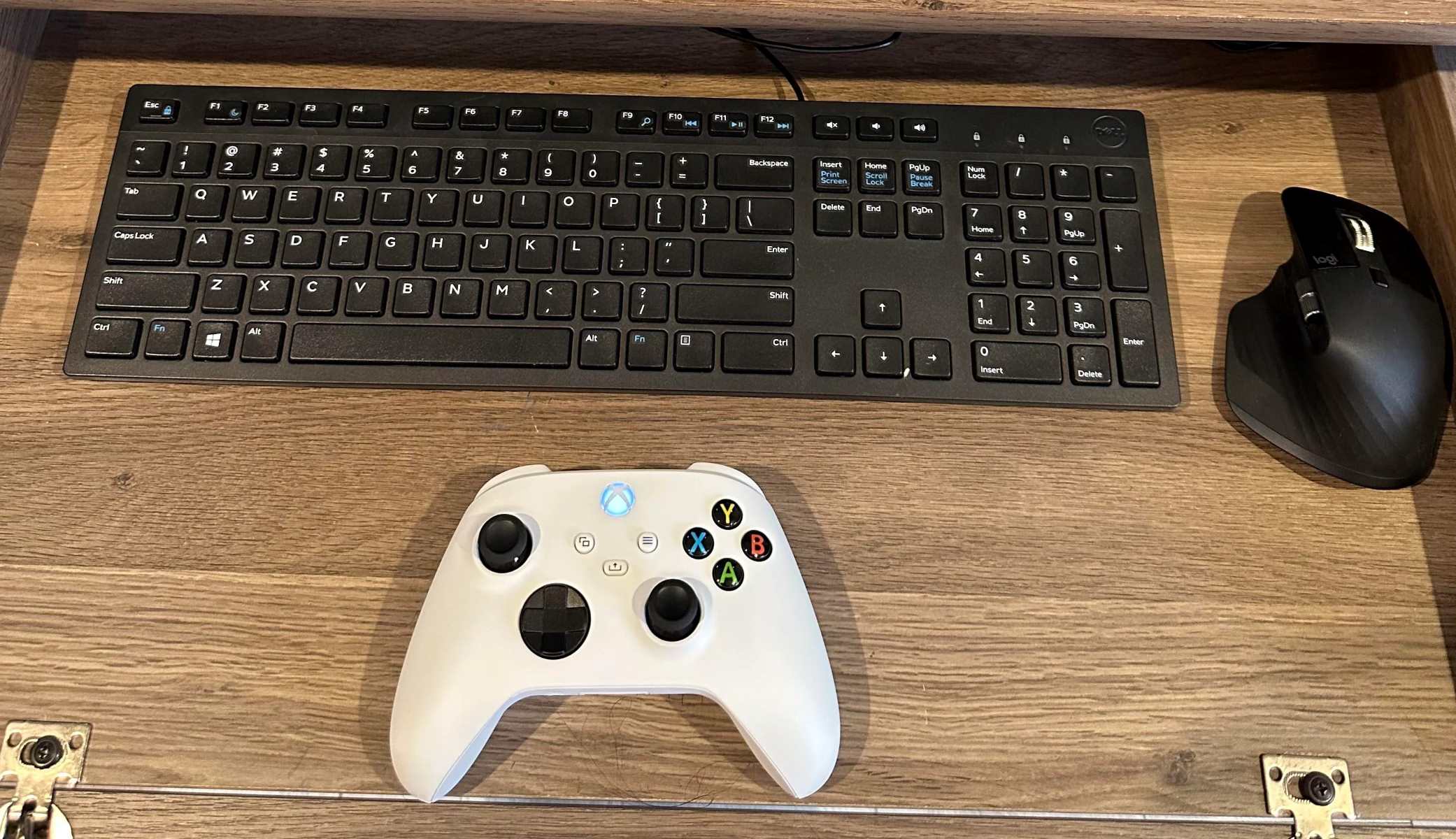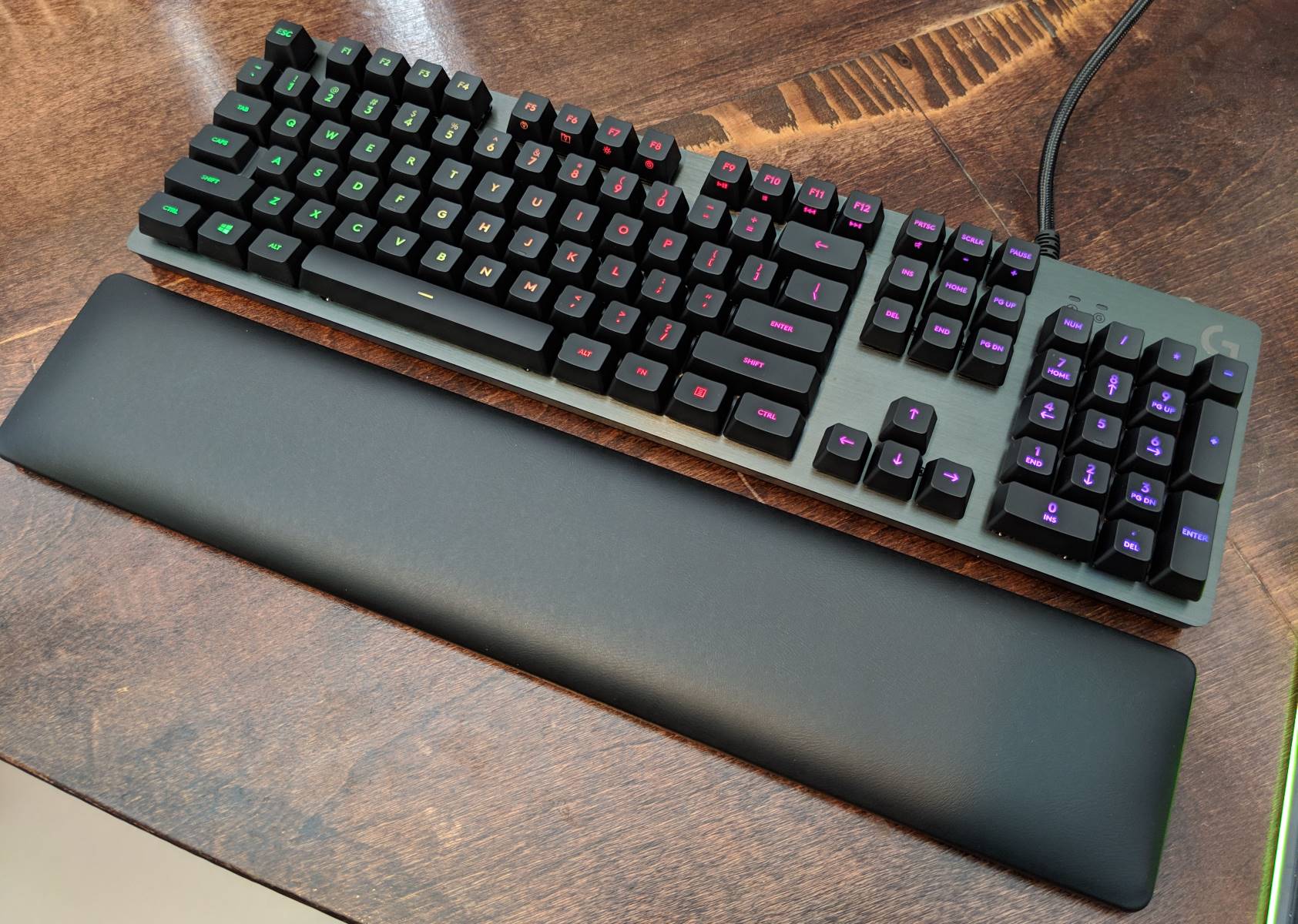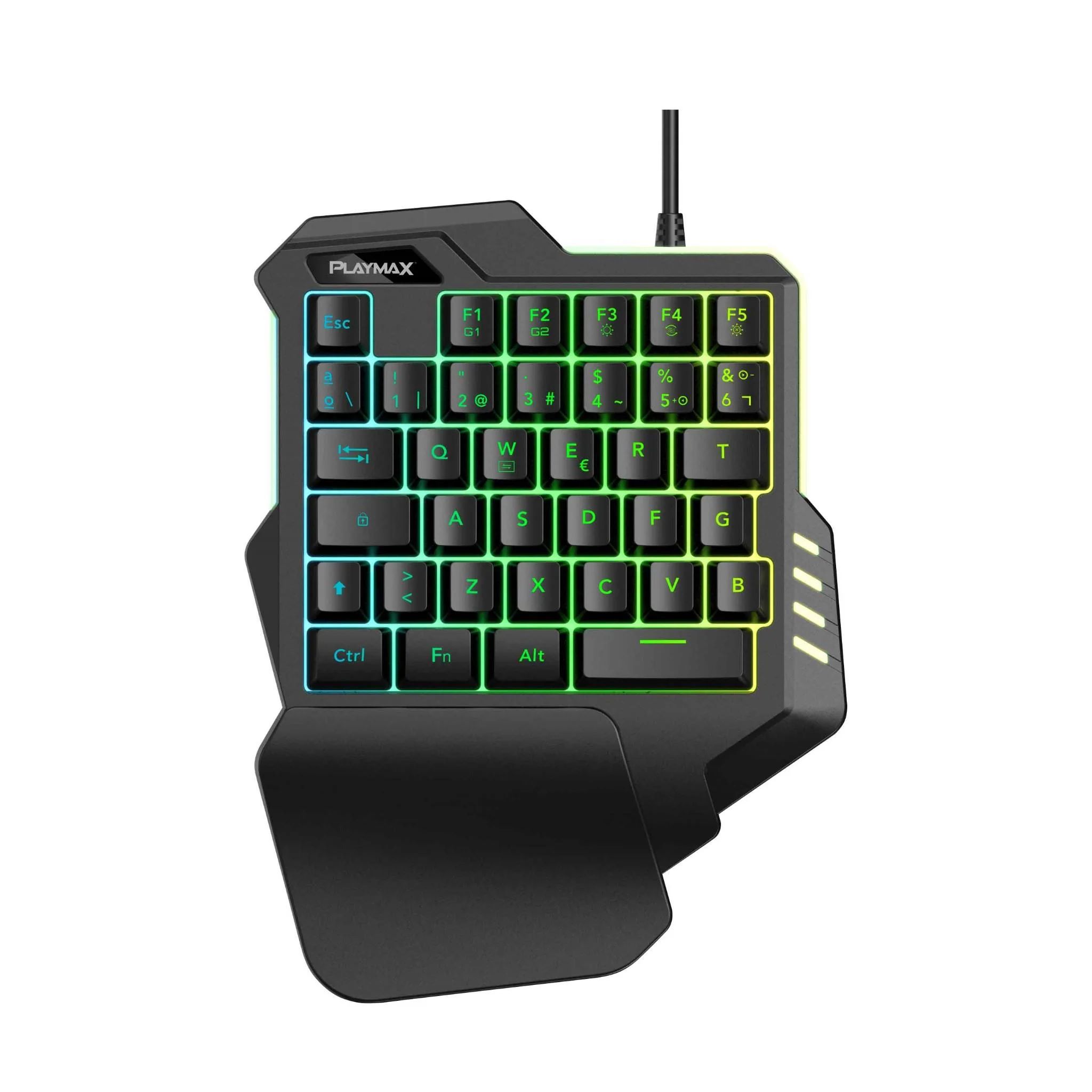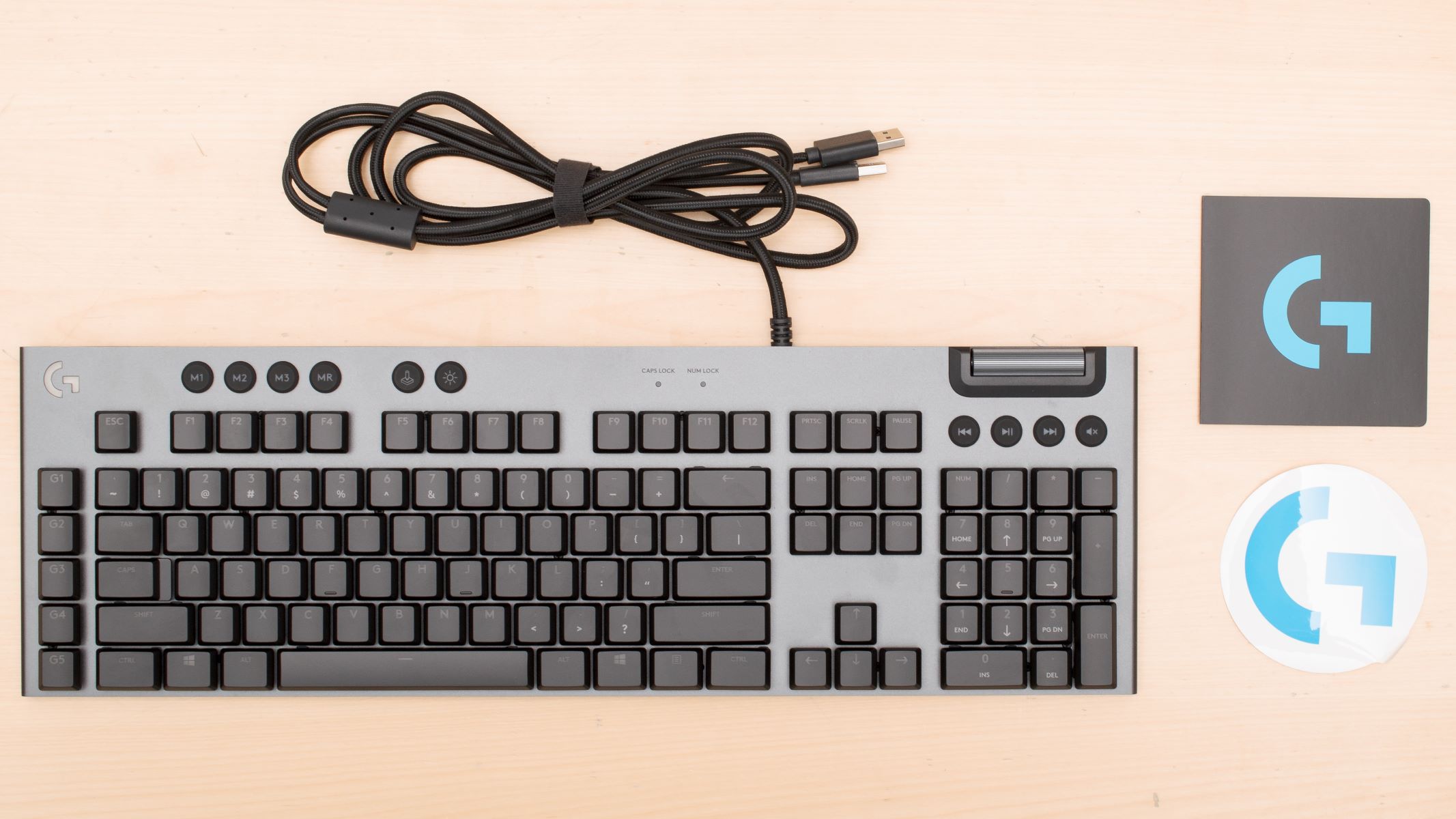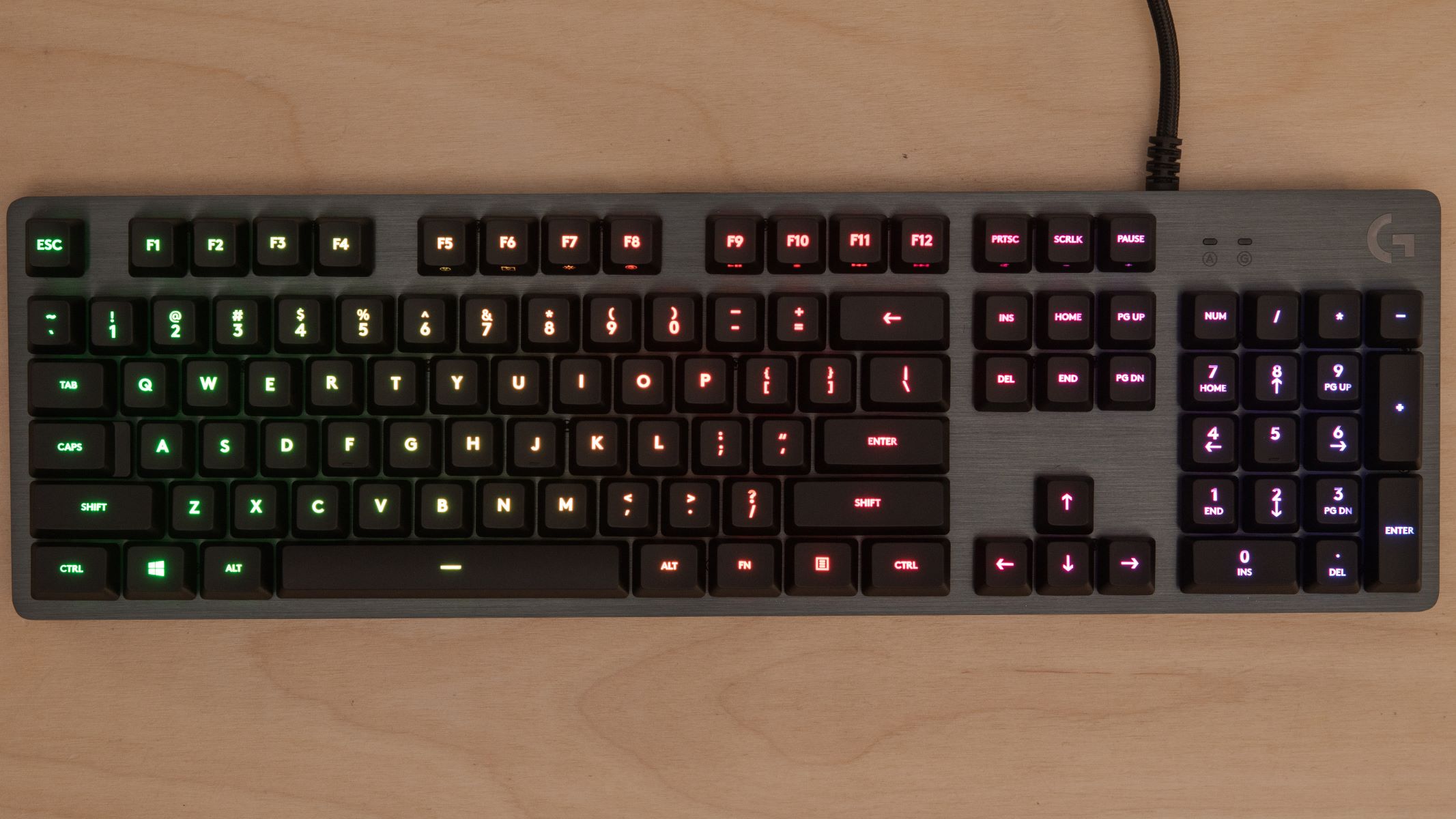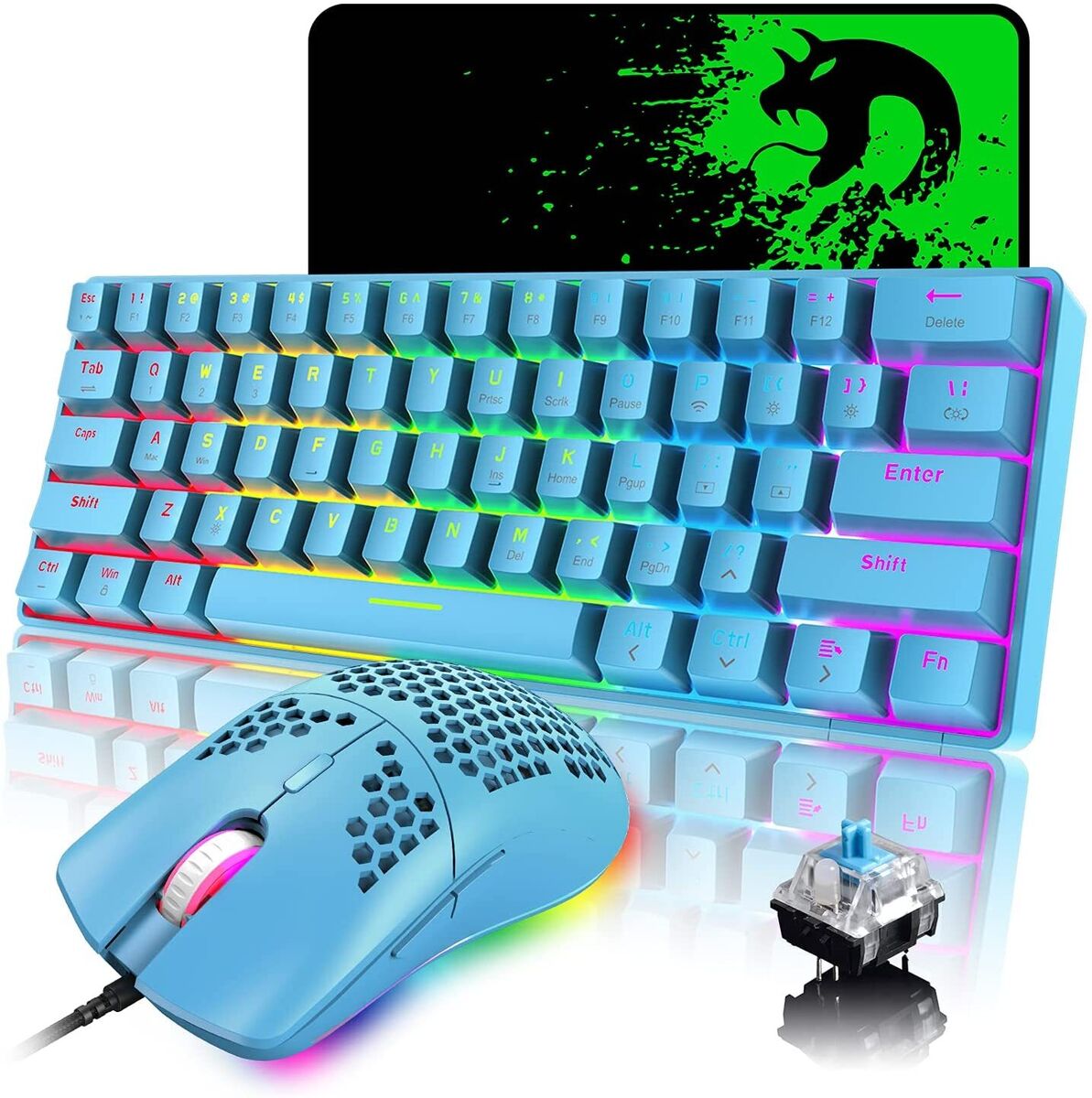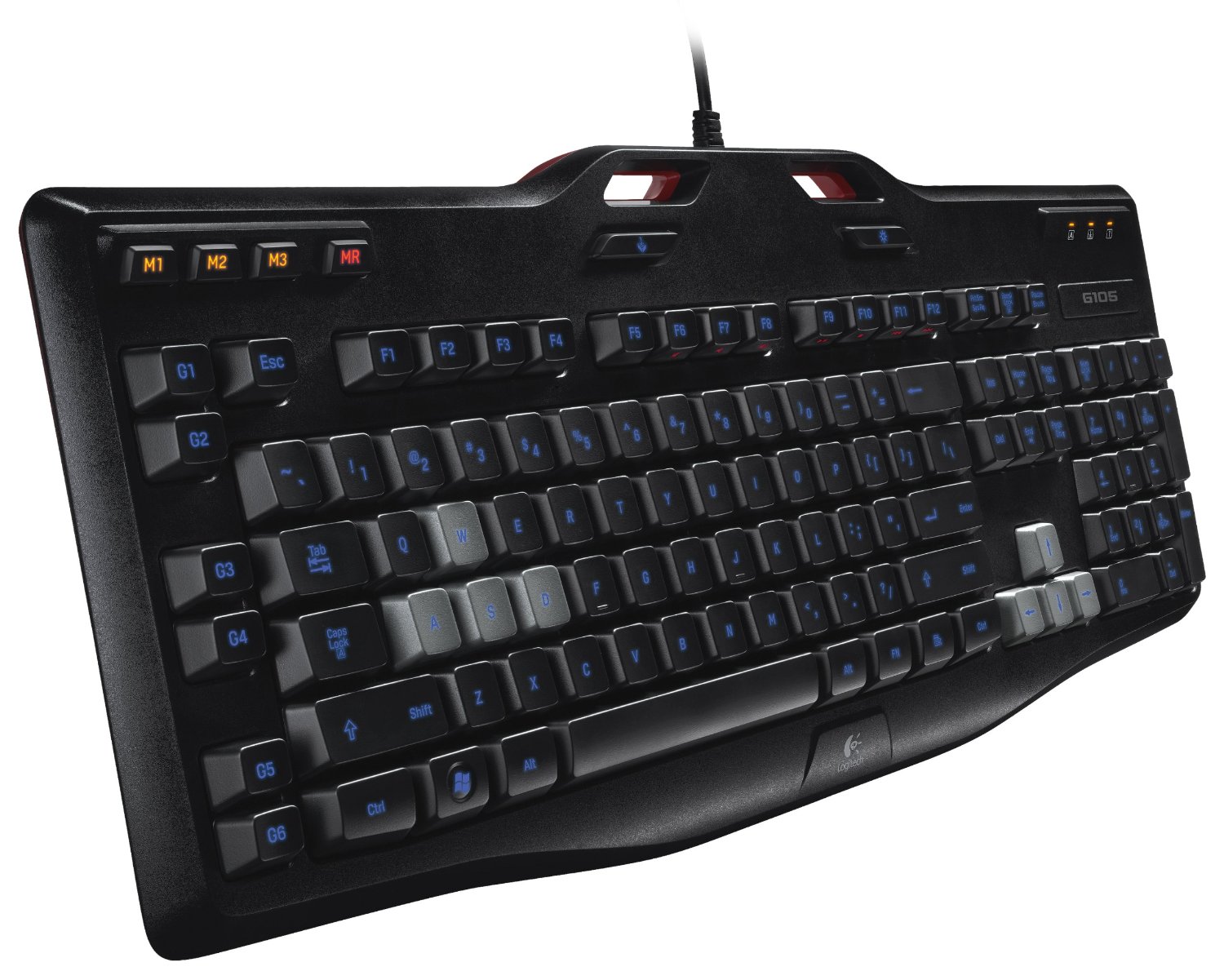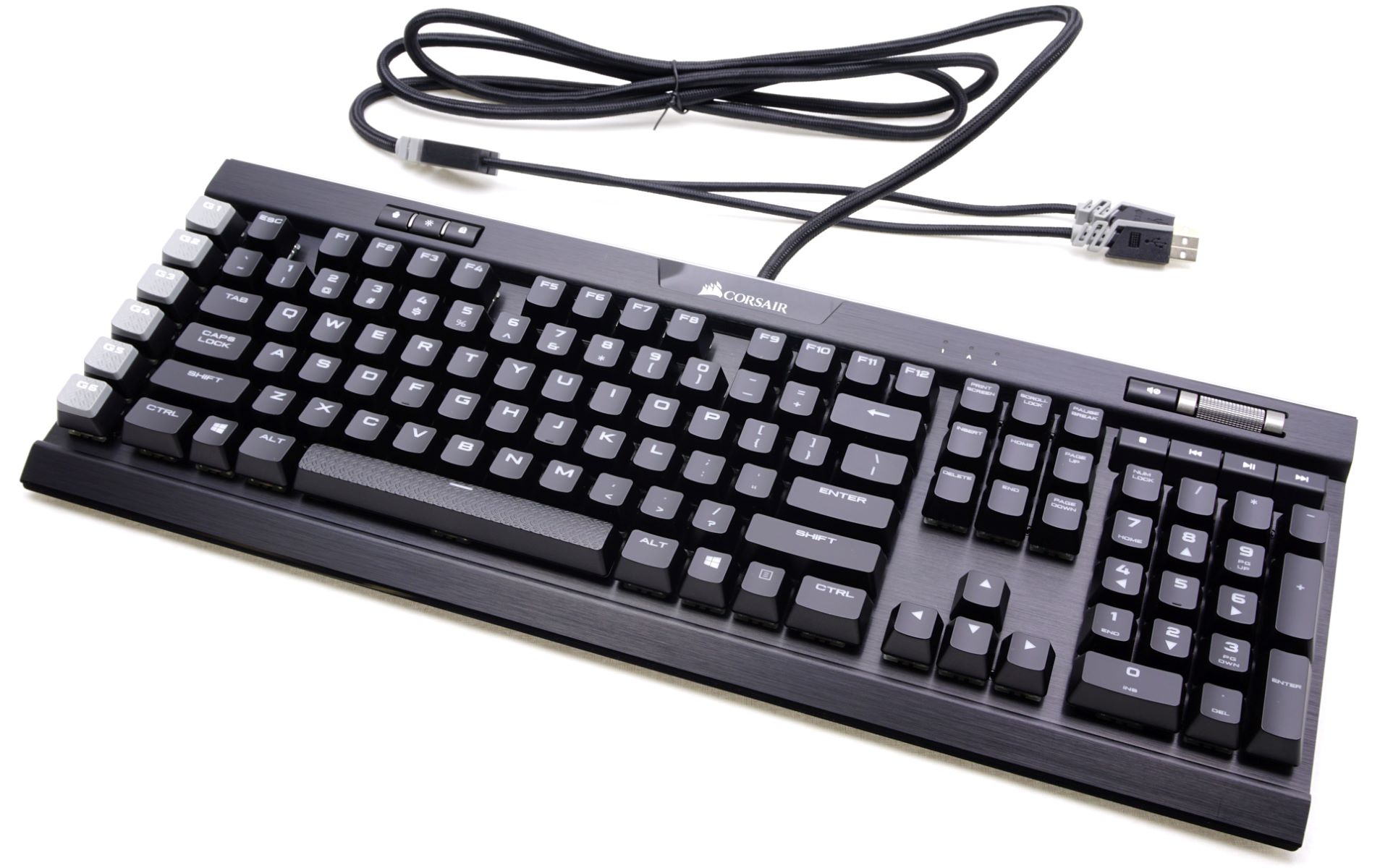Introduction
Setting up a USB game controller to function as keyboard keys can greatly enhance the gaming experience, offering a more intuitive and immersive way to interact with games that do not natively support game controllers. This process involves mapping the controller's buttons and joysticks to specific keyboard keys, effectively tricking the computer into thinking that the controller is a keyboard. By doing so, gamers can enjoy the convenience and familiarity of using a game controller to play their favorite PC games.
In the following guide, we will walk through the step-by-step process of setting up a USB game controller to function as keyboard keys. This involves downloading the necessary software, connecting the controller to the computer, mapping the controller buttons to keyboard keys, and testing the controller to ensure it functions as intended. Whether you're a casual gamer looking to enhance your gaming experience or a dedicated enthusiast seeking to optimize your gameplay, this guide will provide you with the essential knowledge and instructions to seamlessly configure your USB game controller to act as keyboard keys.
The ability to customize and configure a USB game controller in this manner not only opens up new possibilities for gaming but also showcases the versatility and adaptability of modern technology. With the increasing popularity of PC gaming and the wide variety of games available across different platforms, being able to use a game controller as keyboard keys can significantly broaden the accessibility and enjoyment of gaming experiences.
By following the steps outlined in this guide, users can unlock the potential of their USB game controllers and tailor their gaming setups to suit their preferences and play styles. This process empowers gamers to take control of their gaming experiences, providing a personalized and seamless way to interact with their favorite games. Now, let's delve into the step-by-step process of setting up a USB game controller to function as keyboard keys, unlocking a new level of gaming convenience and enjoyment.
Step 1: Downloading the Necessary Software
Before configuring a USB game controller to function as keyboard keys, it is essential to download the required software that facilitates this customization. One popular software solution for this purpose is JoyToKey, a versatile program that enables users to map controller inputs to keyboard and mouse inputs. To begin, navigate to the official JoyToKey website and locate the download section. Ensure that you are downloading the latest version of the software to access the most up-to-date features and improvements.
Once you have downloaded the JoyToKey software, proceed to install it on your computer by following the on-screen instructions provided by the installation wizard. After completing the installation process, launch the JoyToKey application to initiate the setup and configuration of your USB game controller.
It is important to note that while JoyToKey is a popular choice for this purpose, there are other similar software options available that offer comparable functionality. Users may explore alternative programs based on their specific preferences and requirements. However, for the purpose of this guide, we will focus on utilizing JoyToKey as the primary software for setting up a USB game controller to function as keyboard keys.
By downloading and installing the necessary software, users can lay the foundation for configuring their USB game controller to emulate keyboard inputs. This initial step is crucial for establishing the framework through which the controller inputs will be mapped to specific keyboard keys, ultimately enabling a seamless and intuitive gaming experience. With the software in place, users can proceed to the next steps of connecting the USB game controller and configuring its inputs to function as keyboard keys.
Step 2: Connecting the USB Game Controller
After installing the necessary software, the next step in setting up a USB game controller to function as keyboard keys involves connecting the controller to the computer. Begin by locating an available USB port on your computer and plugging in the USB game controller. Once connected, the computer should detect the controller and begin installing any required drivers. It is important to ensure that the controller is recognized and functioning properly before proceeding with the setup process.
Depending on the specific model and type of USB game controller, the computer may prompt you to install additional drivers or software to enable full functionality. If prompted, follow the on-screen instructions to install any required drivers or software provided by the controller manufacturer. This step is crucial for ensuring that the computer recognizes the controller and allows for seamless communication between the controller and the JoyToKey software.
Upon successful connection and driver installation, verify that the USB game controller is responsive and functional. Test the buttons, triggers, joysticks, and other inputs to confirm that they are recognized by the computer and are operating as expected. This validation step is essential for ensuring that the controller is ready to be configured to function as keyboard keys using the JoyToKey software.
Once the USB game controller is connected and confirmed to be functioning properly, you are ready to proceed to the next step of setting up the controller inputs to emulate specific keyboard keys. This process will involve mapping the controller buttons and joysticks to corresponding keyboard inputs, effectively customizing the controller to act as a keyboard for gaming purposes. With the controller connected and verified, you are one step closer to enjoying a seamless and personalized gaming experience with your USB game controller.
Step 3: Setting up the Controller to Keyboard Keys
With the USB game controller connected and verified, the next crucial step is to configure the controller inputs to emulate specific keyboard keys using the JoyToKey software. Launch the JoyToKey application on your computer to begin the setup process. Upon opening the software, you will be presented with the interface, which allows for the mapping of controller inputs to keyboard and mouse inputs.
Start by identifying the buttons, triggers, and joysticks on your USB game controller that you wish to map to keyboard keys. Within the JoyToKey interface, you can assign each controller input to a corresponding keyboard key. This customization enables you to tailor the controller inputs to align with the controls of your favorite games, providing a seamless and intuitive gaming experience.
To map a controller input to a keyboard key, simply select the button or joystick on the JoyToKey interface and assign the desired keyboard key to it. For example, if you want the “A” button on the controller to function as the “Space” key on the keyboard, you can easily map the two inputs within the JoyToKey software. Repeat this process for each controller input that you wish to customize, ensuring that the controller aligns with the specific controls of the games you intend to play.
Additionally, JoyToKey allows for advanced configurations, such as setting up multiple profiles for different games or applications. This feature enables users to create custom controller mappings tailored to each game’s unique control scheme, enhancing the versatility and adaptability of the USB game controller across various gaming experiences.
Once you have mapped the controller inputs to the corresponding keyboard keys within the JoyToKey software, take the time to review and fine-tune the configurations to ensure that they align with your gaming preferences. This step allows for personalized adjustments that cater to individual play styles and comfort, ultimately enhancing the overall gaming experience.
By setting up the USB game controller to function as keyboard keys, users can seamlessly integrate the controller into their gaming setups, unlocking a new level of convenience and customization. With the controller inputs configured to emulate specific keyboard keys, gamers can enjoy a familiar and intuitive way to interact with their favorite PC games, all while leveraging the full potential of their USB game controller.
Step 4: Testing the Controller
After configuring the USB game controller to function as keyboard keys using the JoyToKey software, it is essential to thoroughly test the controller to ensure that the mappings are accurate and responsive. Testing the controller allows users to validate the customized configurations and make any necessary adjustments before diving into gameplay.
Begin the testing process by launching a game or application that supports keyboard inputs. With the USB game controller connected to the computer and the JoyToKey software running, navigate to the game or application in which you intend to use the controller. Once in the game or application, interact with the controller to verify that the mapped inputs correspond to the expected keyboard keys.
Test each button, trigger, and joystick on the controller to confirm that they trigger the corresponding keyboard inputs within the game or application. Pay close attention to the responsiveness and accuracy of the controller inputs, ensuring that they align seamlessly with the intended keyboard controls. This comprehensive testing process is crucial for identifying any discrepancies and fine-tuning the controller configurations as needed.
During testing, take note of any discrepancies or unexpected behavior in the controller inputs. If certain mappings do not align as intended or if any buttons exhibit inconsistent behavior, return to the JoyToKey software to make the necessary adjustments. The software allows for real-time modifications to the controller mappings, enabling users to refine the configurations based on the observed testing results.
Additionally, consider testing the controller across multiple games or applications to assess its compatibility and performance in various scenarios. This broader testing approach provides valuable insights into the versatility and adaptability of the USB game controller when configured to function as keyboard keys.
By thoroughly testing the controller after configuring it to emulate keyboard inputs, users can ensure a seamless and reliable gaming experience. The testing phase serves as a crucial validation step, allowing users to fine-tune the controller mappings and address any discrepancies before fully immersing themselves in gameplay. With the controller successfully tested and validated, users can confidently enjoy their favorite PC games using the customized USB game controller setup.
Conclusion
Setting up a USB game controller to function as keyboard keys offers a versatile and personalized approach to gaming on the PC. By following the step-by-step process outlined in this guide, users can seamlessly configure their USB game controllers to emulate specific keyboard inputs, unlocking a new level of convenience and customization in their gaming experiences.
From downloading the necessary software, such as JoyToKey, to connecting the USB game controller and mapping its inputs to keyboard keys, each step in the process contributes to creating a tailored and intuitive gaming setup. The ability to customize the controller mappings and fine-tune the configurations empowers users to adapt their gaming experiences to suit their individual play styles and preferences.
Upon completing the setup process, thorough testing of the controller ensures that the configured mappings are accurate and responsive, providing users with the confidence to immerse themselves in gameplay without encountering unexpected issues or inconsistencies. This comprehensive testing phase serves as a crucial validation step, allowing users to refine the controller configurations based on observed results and optimize the overall gaming experience.
Ultimately, the process of setting up a USB game controller to function as keyboard keys showcases the adaptability and versatility of modern gaming technology. By leveraging the capabilities of software solutions like JoyToKey, gamers can seamlessly integrate their USB game controllers into their PC gaming setups, enhancing the accessibility and enjoyment of their favorite games.
Whether users seek a more intuitive way to interact with games that do not natively support controllers or wish to tailor their gaming experiences to align with their preferences, the ability to configure a USB game controller to act as keyboard keys offers a valuable solution. This process empowers gamers to take control of their gaming experiences, providing a personalized and seamless way to enjoy their favorite PC games.
By following the steps outlined in this guide, users can unlock the full potential of their USB game controllers, transforming them into versatile and adaptable input devices that seamlessly integrate with a wide range of PC games and applications. Through the combination of software customization and thorough testing, users can enjoy a tailored and immersive gaming experience that reflects their unique gaming preferences and play styles.







